6 common mistakes tourists make in Bangkok, according to locals
Marielle Descalsota

- I traveled to Bangkok in late July for a reporting trip.
- Thailand's capital city drew almost 23 million tourists in 2019.
In 2019, almost 40 million people visited Thailand, and more than half of them traveled to Bangkok. The capital city welcomed more visitors than major cities like Paris, London, Dubai, and Singapore.
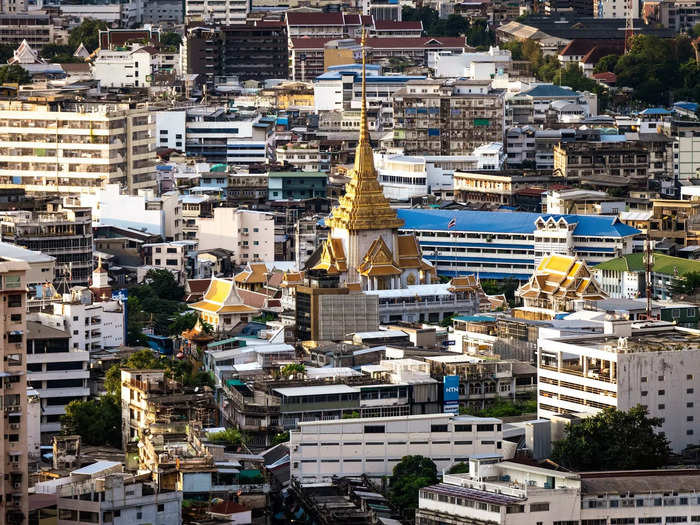
For four consecutive years from 2016 to 2019, Bangkok was the world's most-visited city, according to Mastercard's Global Destination Cities Index. Many tourists travel to Bangkok for its world-class food scene, famed nightlife, and dozens of temples.
Thailand lifted its COVID-related border restrictions and fully opened up to tourists on July 1. Two weeks later, I visited Bangkok for a reporting trip to learn more about the city's tourism industry.
I also wanted to hear what locals thought of the millions of tourists who visit their city, so I asked a handful of them to share their observations. Here's what they told me.
Source: World Data
1. Using feet to point at people or objects.
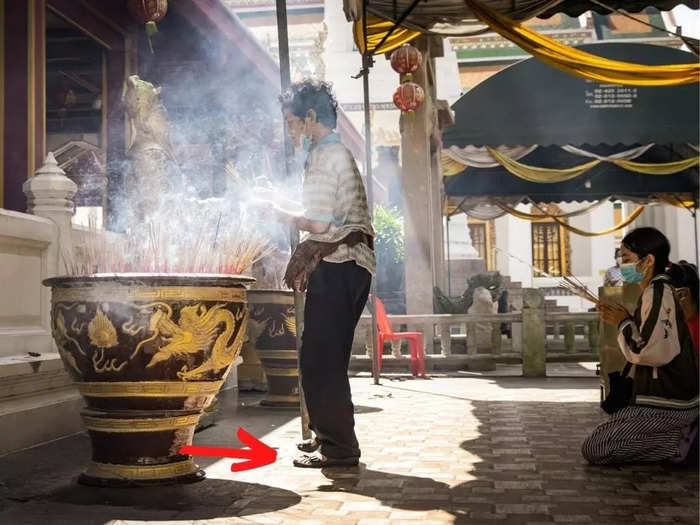
While heads are considered sacred in Thailand, feet are regarded as unclean. One Bangkok local named Mandy Itthikaiwan told me it's offensive to signal or point at things with one's feet.
"When you take public transportation for example, you just don't put your feet up," Itthikaiwan, a marketing executive, said. "It's common in the West but in Thailand it's a big 'no-no.'"
People need to be especially careful about pointing their feet at monks or images of Buddha, as locals regard the practice as vulgar and rude.
2. Not wearing enough clothing at temples.
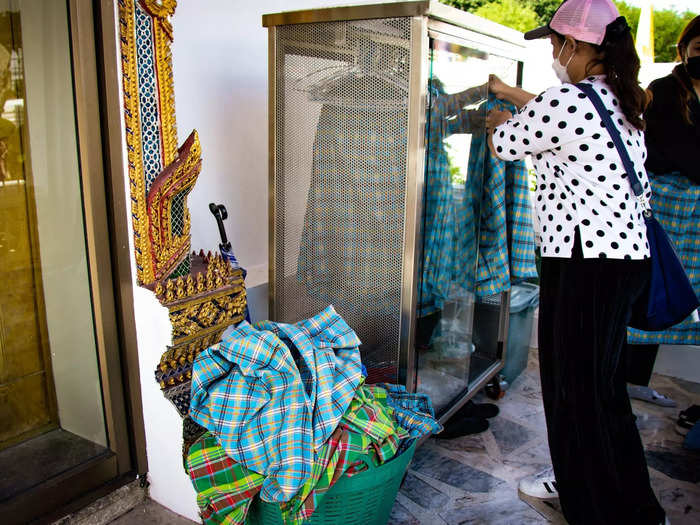
More than 93% of Thais practice Buddhism, so there's an abundance of temples all around Thailand, especially in Bangkok. But some tourists fail to wear the appropriate clothing when visiting temples, said one local who asked only to be identified by his first name, Jee.
"Thais know that it's really hot, and we know that tourists come to Bangkok to relax and enjoy their holidays," Jee told me. Despite the heat, he said tourists should "try to follow customs" and refrain from wearing shorts.
Tourists are required to wear modest clothing that covers the shoulders and legs when visiting popular temples, including Wat Arun and Wat Pho. Robes are provided at most temples should visitors forget to cover up.
3. Eating only at restaurants that are popular with tourists.
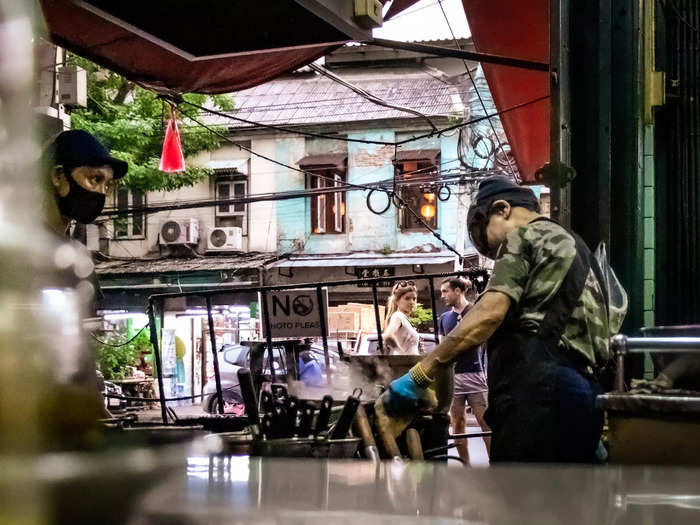
Bangkok is a food paradise with over 320,000 restaurants, and many tourists enjoy dining at the most popular joints in the city, like Michelin-starred street stall Jay Fai. But a taxi driver I met in Bangkok told me locals prefer eating at roadside restaurants and eateries in malls.
"Locals love eating at shopping centers," Nakhon Ratchapong, the taxi driver, told me. "The best food surprisingly comes from the food court. It's also very cheap."
I heeded Ratchapong's advice and had breakfast at a market-style food court in Iconsiam, a popular mall in Bangkok. I paid only 200 baht, or $5.60, for a plate of kow klook gapi, or shrimp paste rice, five spicy dumplings, and a bottle of fresh juice. It was a delicious meal for an affordable price.
4. Not being respectful of spirit houses.
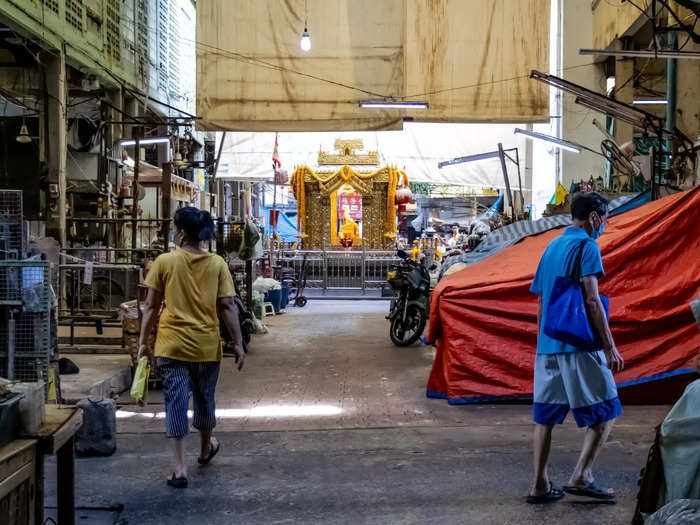
Spirit houses (pictured above) are common in many Southeast Asian cities, but they are especially ubiquitous in Bangkok. Locals believe these shrines house protective spirits, so they offer up items like food and flowers, Bangkok-based tour guide Uma Puacksumran told me.
Spirit houses look like miniature temples or houses and are usually decorated with several strings of flowers. But some tourists seem to think spirit houses are just ordinary decor or even dining areas, she said.
"The spirit house is a sacred place," Puacksumran said. "Sometimes foreigners don't know — they sit next to it and some even use the shrine as a table to eat their meal."
It's best to avoid approaching or touching spirit houses unless you're paying respects or placing offerings.
5. Not removing shoes before entering shrines.
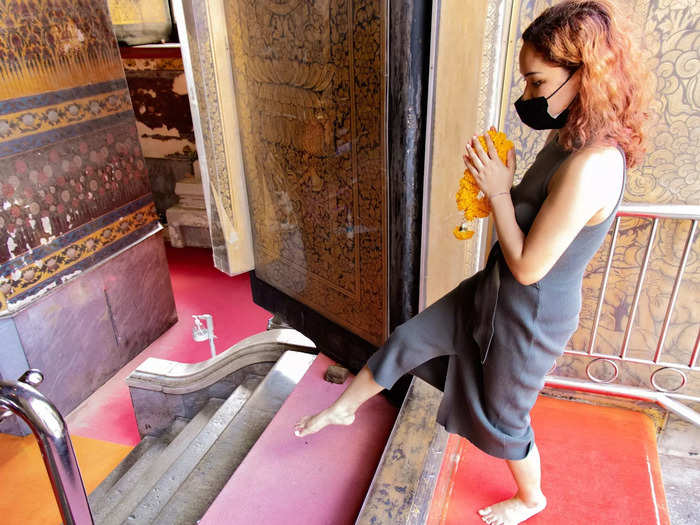
Taking one's shoes off when entering a home is local custom in Thailand, and shrines are no exception. Puacksumran, the tour guide, explained that many Thais understand that tourists may not know what's appropriate when visiting temples.
"I've seen tourists who are reluctant to go into shrines, because they don't know if they should remove their shoes," Puacksumran said. She added that in addition to removing their shoes, tourists should also avoid stepping on the ledge (pictured above) as it's considered bad luck.
6. Underestimating how dangerous the roads are in Bangkok.
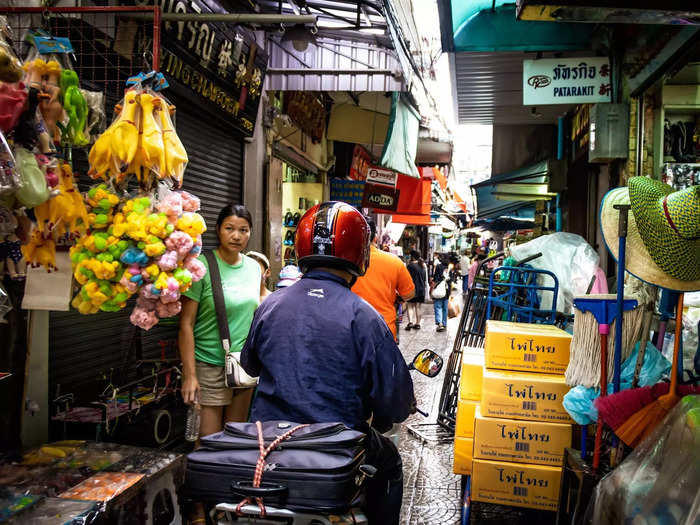
The roads in Bangkok are among the world's most dangerous — there are up to 100,000 road accidents every year, according to the Accident Data Center of Thailand, as quoted by The Bangkok Post.
"Thailand is a country of freedom," Puacksumran, the tour guide, said. "People drive the way they want to drive in Bangkok, and some locals don't even wear helmets."
She said that for their own safety and to bypass the notorious traffic jams, tourists should take the city's MRT line instead.
Popular Right Now
Popular Keywords
Advertisement